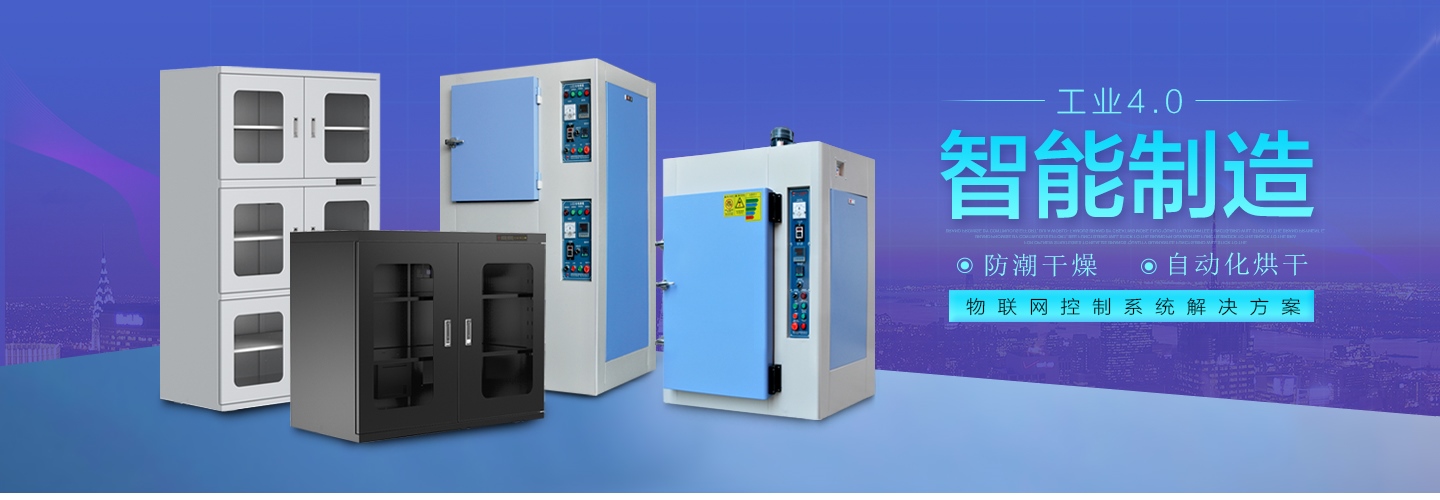With the development of the LED optoelectronic industry, the requirements of the industry are becoming more and more strict. Surface mount devices are generally moisture sensitive components, and moisture in the atmosphere penetrates into the packaging material by diffusion. When the SMD component is soldered to the board, it is reflowed through a temperature of 150 ° C to 260 ° C. At high temperatures, the moisture that penetrates into it rapidly expands to generate sufficient vapor pressure damage or damage the LED components. Reliability failure problems such as cracking, delamination or gold wire damage in materials. In order to avoid the reliability failure caused by moisture absorption, it is necessary to prepare the storage and moisture-proof measures of the LED products before welding.
On average, optoelectronic materials are damaged by moisture and mildew due to various improper storages, resulting in abnormalities in optoelectronic communication products produced by using these poor optoelectronic materials, resulting in a large amount of economic losses. So how do we save the photoelectric materials so as not to affect the daily use? Moisture is the nemesis of all photovoltaic materials. If there is no moisture-proof work in the daily life, it is easy to make problems with the finished products made of these photoelectric materials. Therefore, the photoelectric materials should be stored with high-quality moisture-proof boxes, and the moisture-proof cabinets can control the humidity inside the cabinets, so that the contents inside are not protected from the outside. Moisture effects. If the door is frequently opened, the moisture-proof cabinet with faster dehumidification speed is selected, otherwise the humidity in the cabinet will be difficult to drop due to the excessive opening of the cabinet door. In addition to paying attention to moisture, photoelectric materials should also be anti-static. Electrostatics are more harmful to photoelectric materials. Static electricity can prevent the transmission of photoelectric materials, resulting in paralysis of photovoltaic products. Therefore, the photoelectric material should be equipped with anti-static function.
